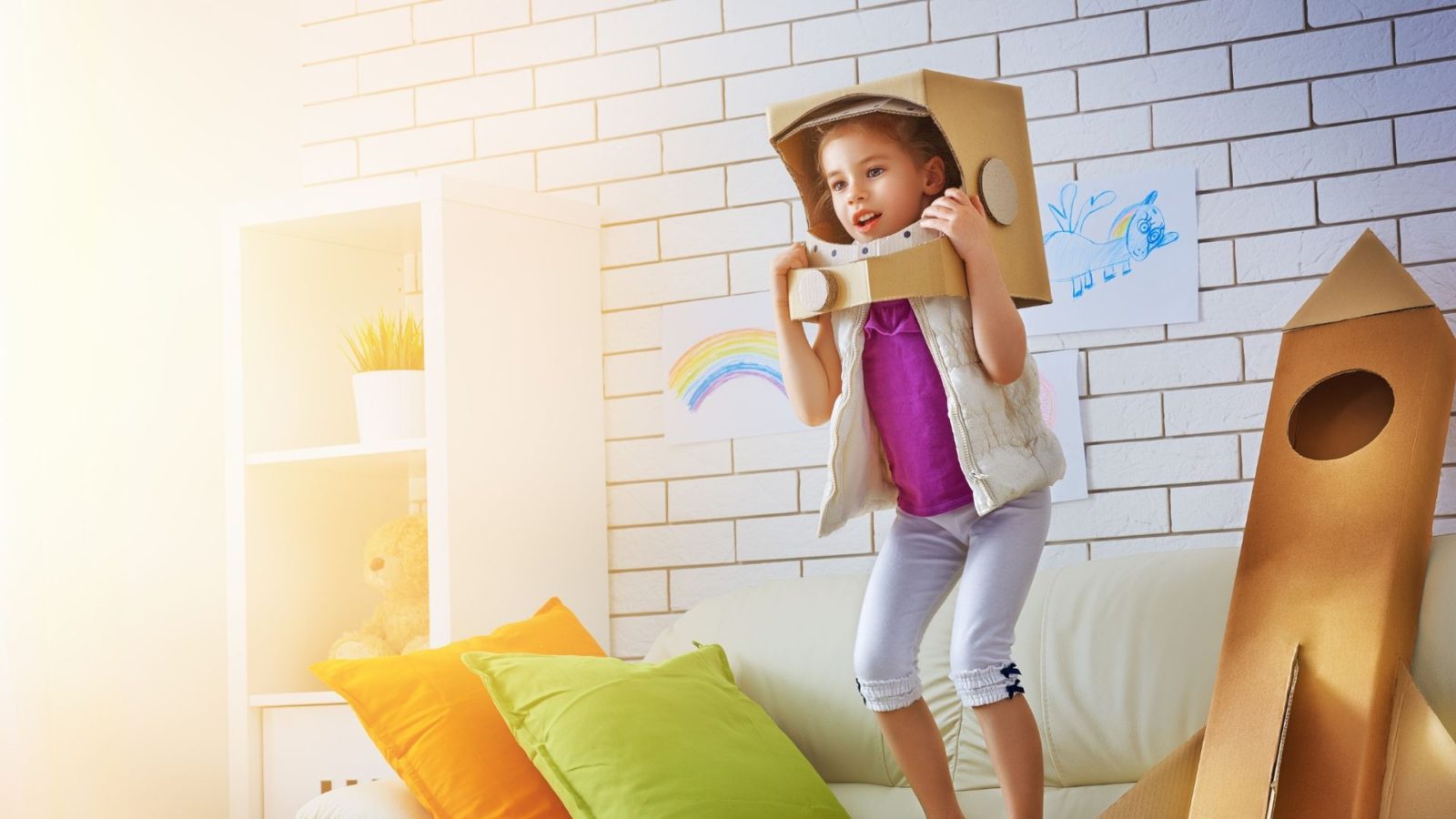
What is Spatial Reasoning?
According to AboutKidsHealth and the Hospital for Sick Kids, “spatial reasoning is the ability to think about and manipulate objects in three dimensions” (2020). This is a skill a child might use to build with blocks, to avoid running into others during a soccer game, to fold clothes, or to know how to fit objects into enclosed spaces among many others!
Spatial reasoning is important for:
- mathematics,
- geometry,
- athletics
- team sports,
- writing,
- reading,
- communication,
- following instructions and directions,
- understanding many daily tasks.
Spatial reasoning skills develop alongside learning to read, write, and speak, as it requires a strong understanding of spatial language.
Spatial Language for Early Learners
We use spatial language to describe position, shape, and space. Every day we use spatial language to describe locations, instructions, rules, warnings, and tasks. It would be hard to get through life without it!
Spatial language can include any of the following words:
Positional Words
- up/down
- above/below
- inside/outside
- in front/behind/beside
- over/under
- between
- near/far
Shapes and Features of Shapes
- flat/round
- tall/short/long
- wide/skinny
- thick/thin
- triangle, circle, square
- corner, side, edge, middle, center
Words for Size
- big, bigger, biggest
- small, smaller, smallest

Tips for Learning Spatial Language
Make the Most of Every Moment
Everything your child does during their day is a chance for learning. Try using spatial language and acting out word meanings while you complete tasks and activities with your child.
Some daily activities where spatial language is important and could be practiced might include:
- putting on clothes
- preparing food
- tidying up and cleaning
- playing with toys (like puzzles, blocks, or dolls)
- going on a drive or a walk
Hearing new, abstract words (like above, below, or between) and being actively shown their meanings can help children learn how to use the words on their own.
Try This!
When cleaning up after play time, you could say: “Let’s clean up your toys. I see a block right there.”
Instead, think about saying something like this while showing what you mean. “Let’s put all of your toys inside of this big, round basket. Don’t leave any out on the ground or someone might step on them! There is a little red block hiding underneath the table. Do you see it?”
In this example, you’ve gone from using no spatial words, to using seven. Did you catch them all?
Use the Library to Your Advantage
There are tons of books out there that explore spatial concepts for children of all ages. Children will not only hear the language, but see it represented so that they may recognize it in their own world.
Check out some of the books below (that’s a spatial word!) for some fun learning and adorable stories. Click the cover to reserve a copy at your local library.
We're Going on a Spatial Language Hunt
This classic song is a great opportunity to practice spatial language and movement dynamics, all wrapped up in a fun tune!
Want to Learn More?
For more information about spatial reasoning, check out this article from About Kids Health.
More on Early Literacy
Our blog has everything you need to know about early literacy. From the basic building blocks to activities you can do at home or on the fly.

First Day of School
If you have a child getting ready for their first day of school, check out our recommended reading list and

#Literacytip: Library Cards for Kids
Did you know that children of any age can have their very own library card with the TNRL. What better way to encourage young children to take charge of their reading than to give them the tools?

#Literacytip: Building a Book Lover
Inspiring children to love reading sometimes takes some work. Check out these tips for building a book lover!
